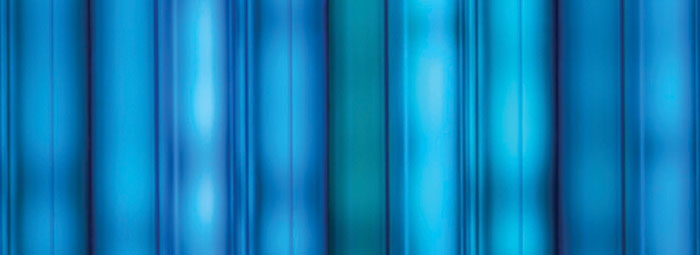
©2021 This excerpt taken from the column of the same name which appeared in ASHRAE Journal, vol. 63, no. 2, February 2021.
Interview by Mary Kate McGowan, Managing Editor
With William P. Bahnfleth, Ph.D., P.E., Presidential Member/Fellow ASHRAE
This Q&A does not represent official ASHRAE guidance. For more information on ASHRAE resources on COVID-19, visit ashrae.org/COVID19.
Ultraviolet germicidal irradiation (UVGI) can be used in conjunction with HVAC systems or in spaces to disinfect air and surfaces to reduce disease transmission, control biofouling of cooling coils in air-handling units and improve indoor air quality (IAQ). The use of this technology escalated amid the COVID-19 pandemic, leading to increased questions and misconceptions.
William P. Bahnfleth, Ph.D., P.E., Presidential Member/Fellow ASHRAE, and chair of the Epidemic Task Force, talked with ASHRAE Journal about the technology, misconceptions, best practices and resources.
“Those who are selecting UVGI systems should first educate themselves about the fundamentals of the technology and understand how it is applied,” said Bahnfleth, who has taught ASHRAE Learning Institute’s “Introduction to Ultraviolet Germicidal Irradiation Systems” course and gives an ASHRAE Distinguished Lecturer presentation on UVGI fundamentals.
What are the most common misconceptions about UVGI?
One common misconception is that germicidal lamps all produce ozone. It is true that the plasma in a mercury vapor or amalgam lamp produces a small amount of light at a wavelength of 185 nm that produces ozone, but this emission is easily filtered out by using the proper tube materials. Manufacturers have had no difficulty obtaining UL 2998 certification1 for their lamps. (UL 2998 validates that air cleaners emit zero ozone.) Only improper lamp selection will result in ozone production, and as LEDs that produce germicidal UV take over from mercury vapor lamps (as it did in the case of lighting), there should be no risk of ozone production.
A second misconception is that germicidal ultraviolet disinfection is a new and unproven technology, including with respect to its ability to inactivate SARS-CoV-2, the virus that causes COVID-19 and other coronaviruses. The technology has been successfully applied to indoor air disinfection since at least the late 1930s,2 and it is approved for use in control of tuberculosis by the U.S. Centers for Disease Control and Prevention,3 which, through the National Institute of Occupational Safety and Health (NIOSH), has published guidelines for application of upper room systems.4
Are you seeing more people misapplying this technology when it comes to COVID-19 mitigation? If so, how are they misapplying the technology?
I would not say it is being misapplied, but perhaps some are not understanding the contribution to risk reduction it is making. Some air “purifiers” are marketed as including UV-C. Many of these devices apparently use germicidal light to inactivate microorganisms captured on a HEPA filter. This could be viewed as beneficial by minimizing risk of re-aerosolization of captured infectious particles, but probably does not materially add to the overall effectiveness of the device, since a HEPA filter removes nearly all entering particulate matter.
Germicidal UV installed in an air-handling unit is in series with whatever filters the system is required to have, so its incremental benefit will decrease as filter efficiency increases. For example, suppose a filter removes 60% of the viral load in an airstream on a single pass. If a UVGI airstream disinfection system is added that achieves 90% single pass inactivation, it is inactivating 90% of the infectious material that was not already captured by the filter. The removal efficiency of the combination is 96%, so the UVGI system only reduces the viral load by an additional 36% beyond what was captured by the filter. This does not make adding UVGI in such a situation a bad idea, but it needs to be understood.
Read the Full Article
ASHRAE Members have free access to the full-text PDF of this article as well as the complete ASHRAE Journal archives back to 1997 in the Free Member Access Area.
Non-members can purchase features from the ASHRAE Bookstore. Or, Join ASHRAE!
Return to Featured Article Excerpts
Return to ASHRAE Journal Featured Article Excerpts